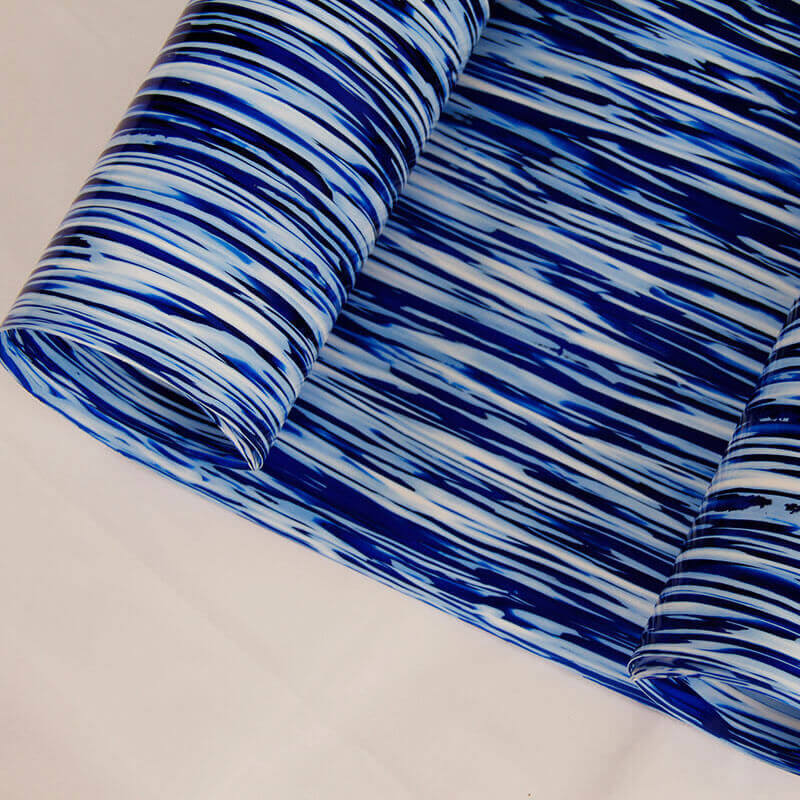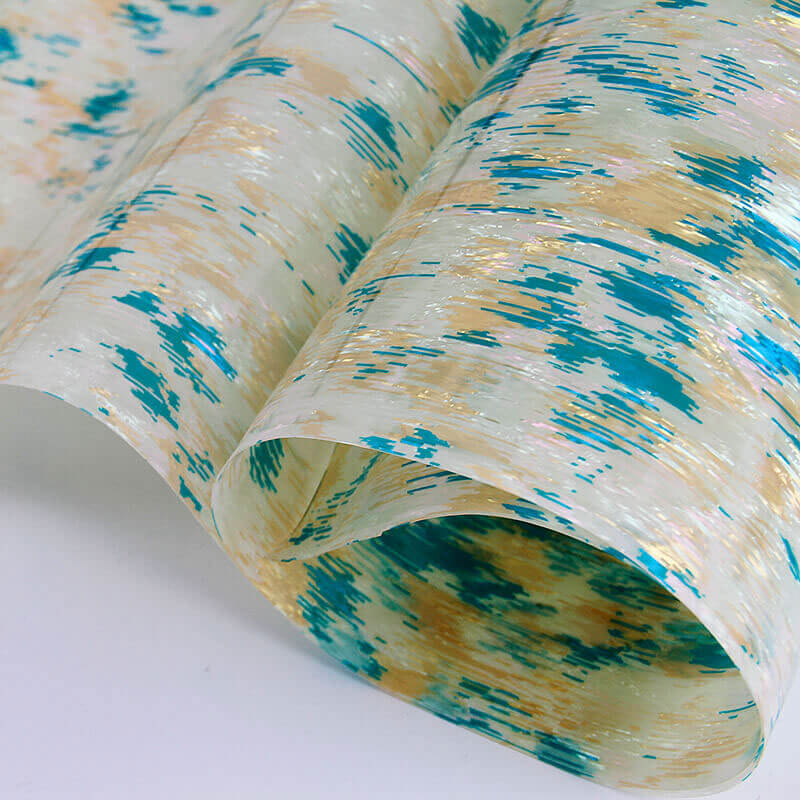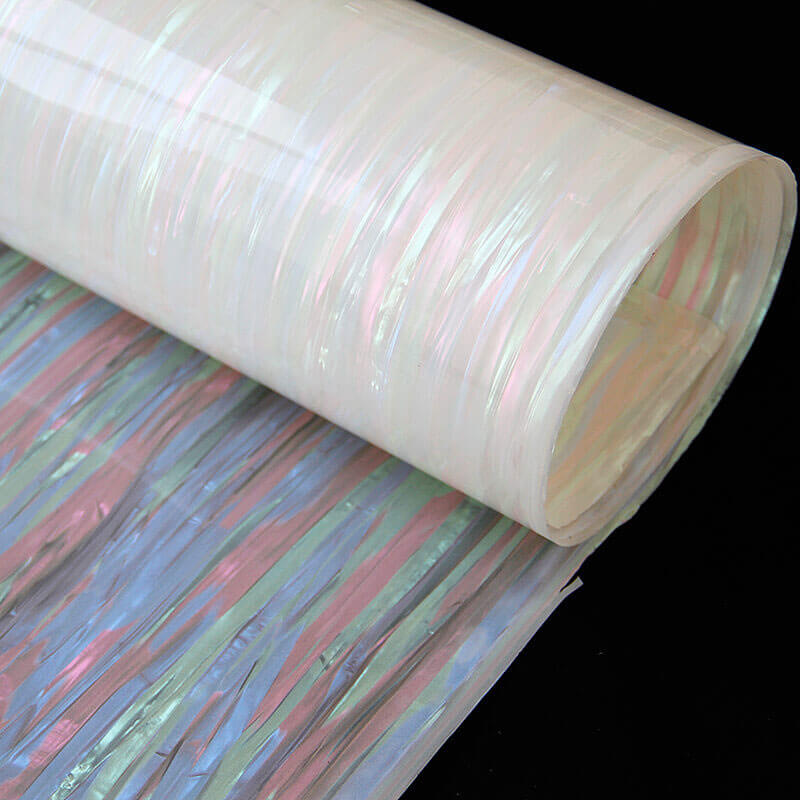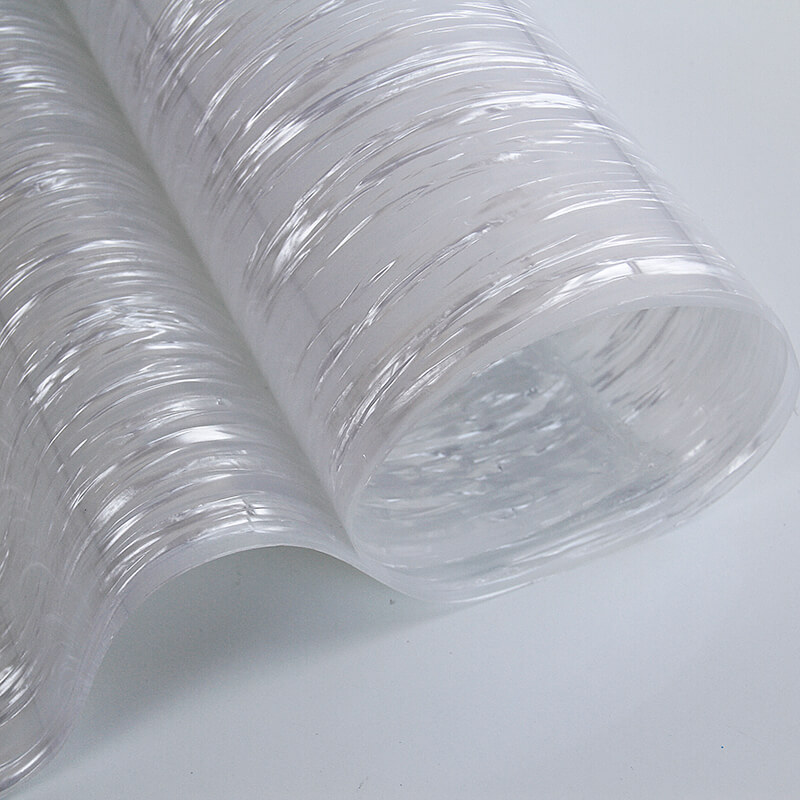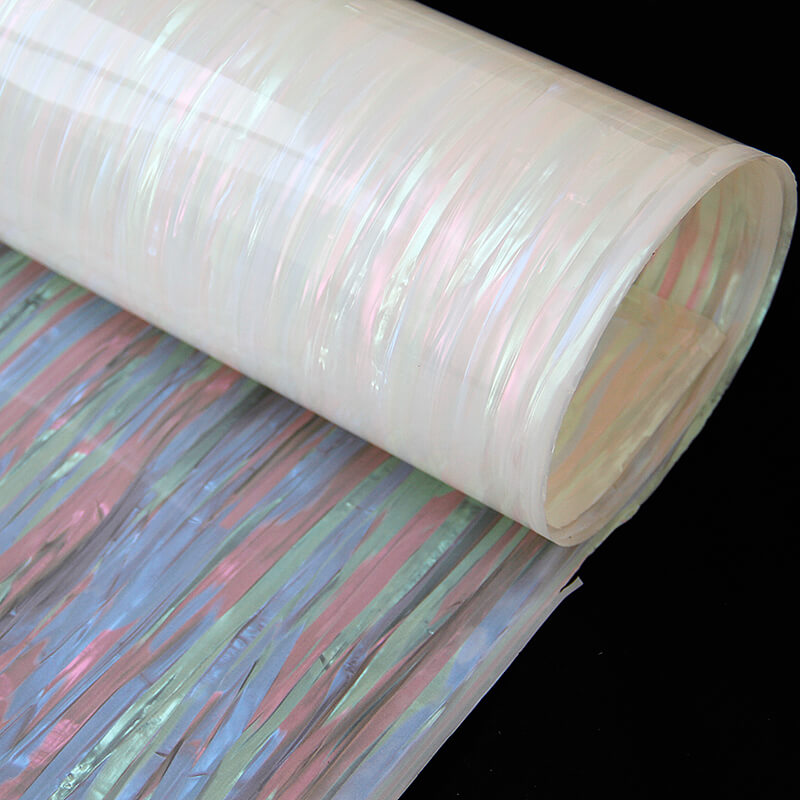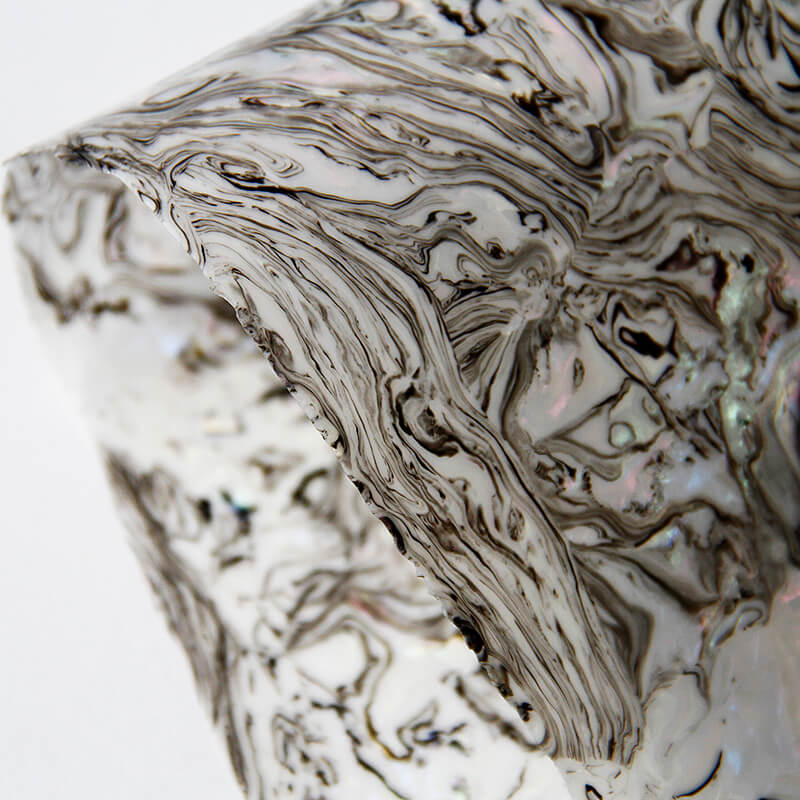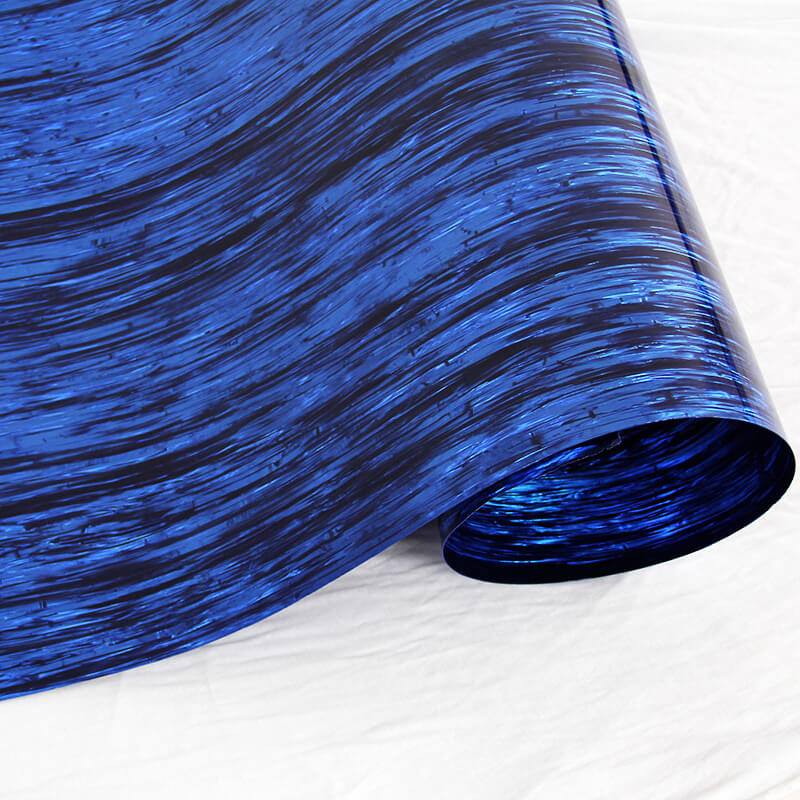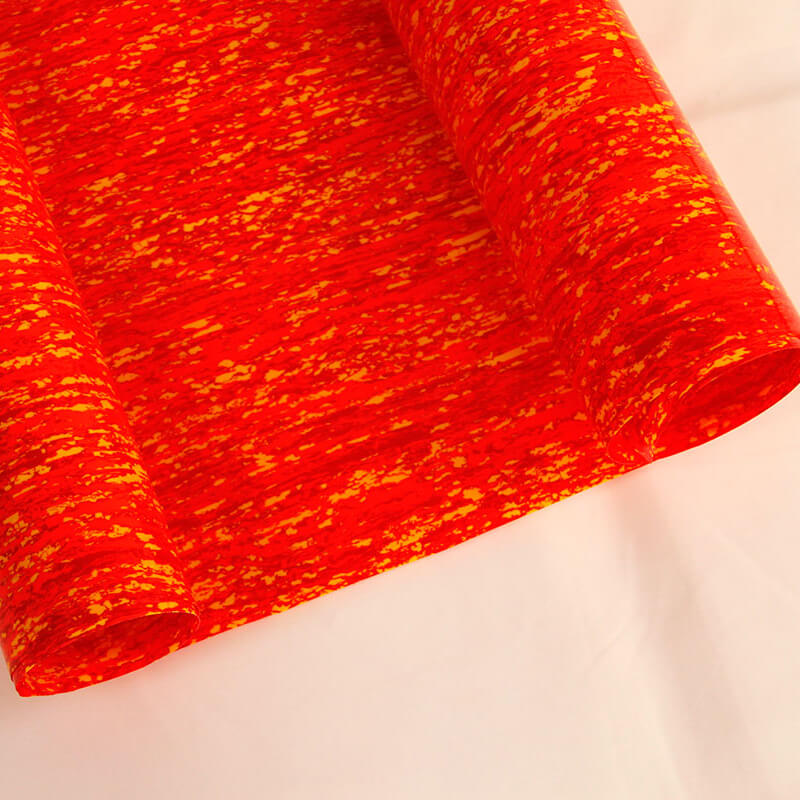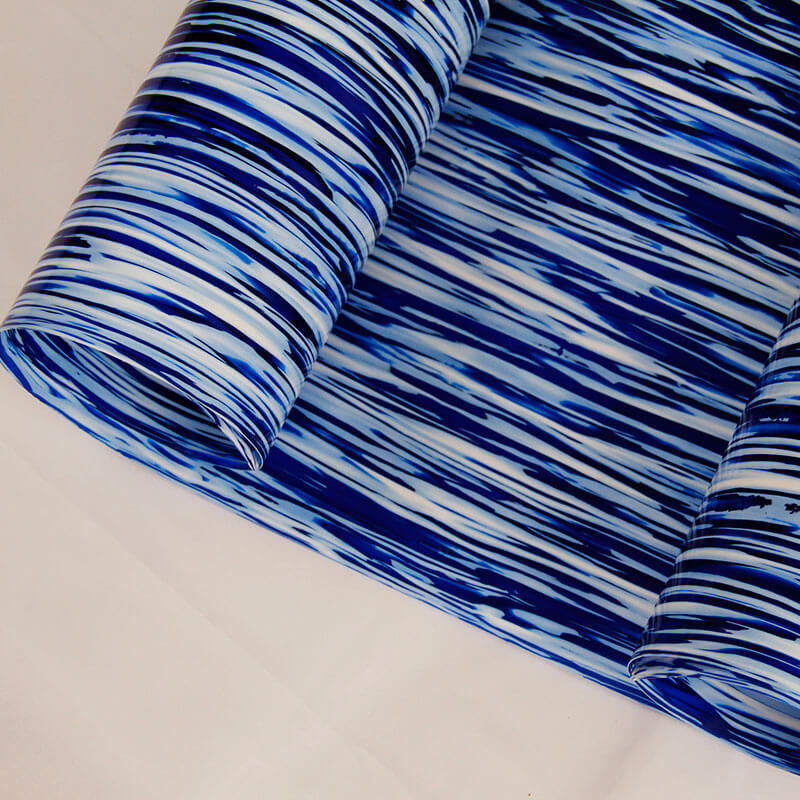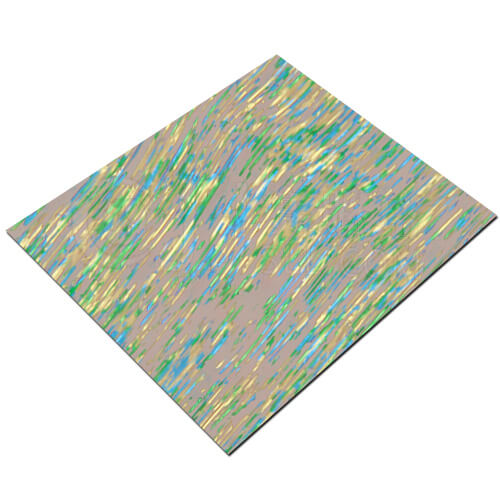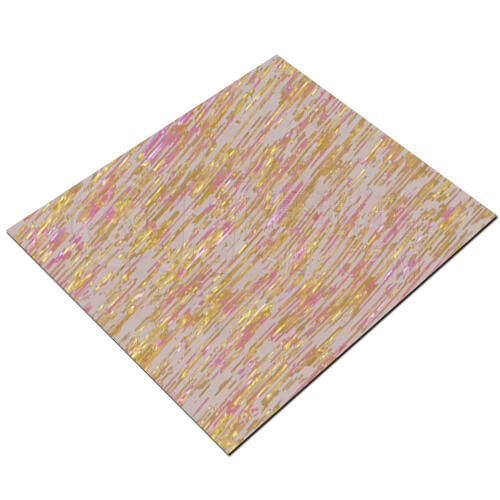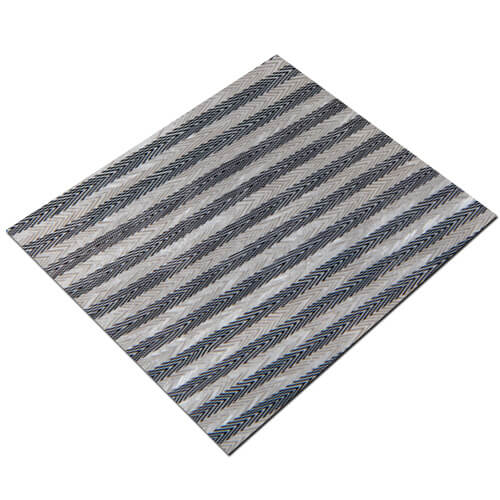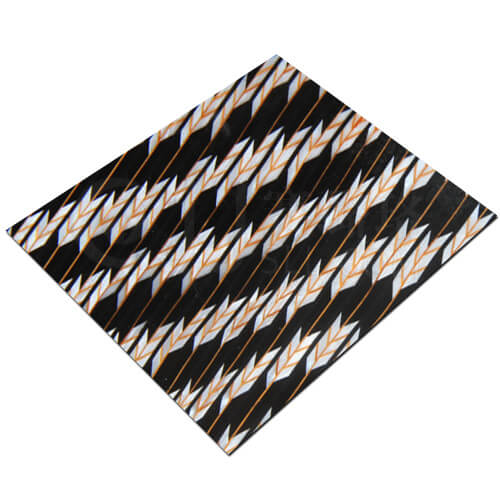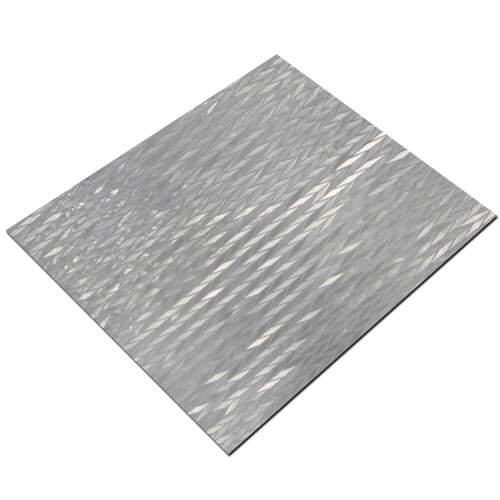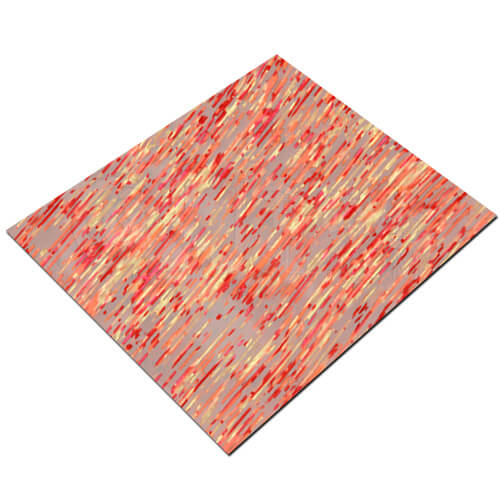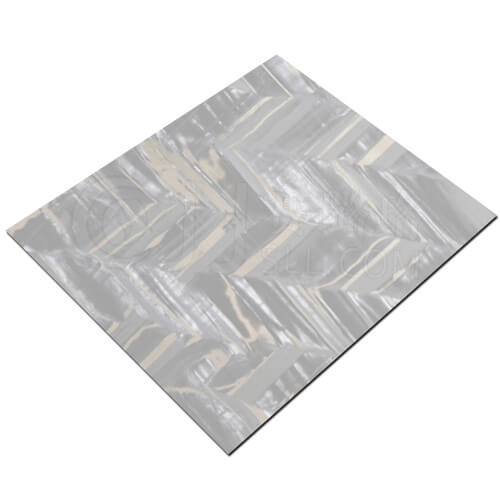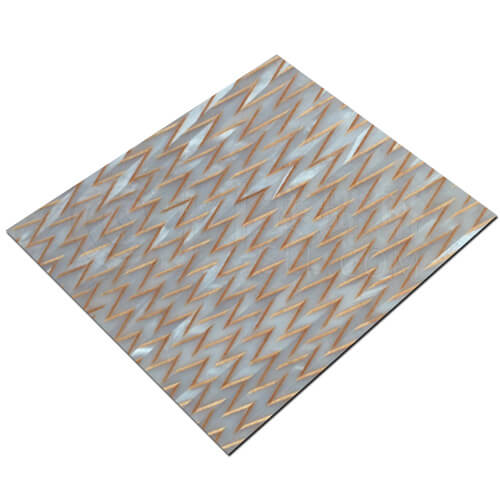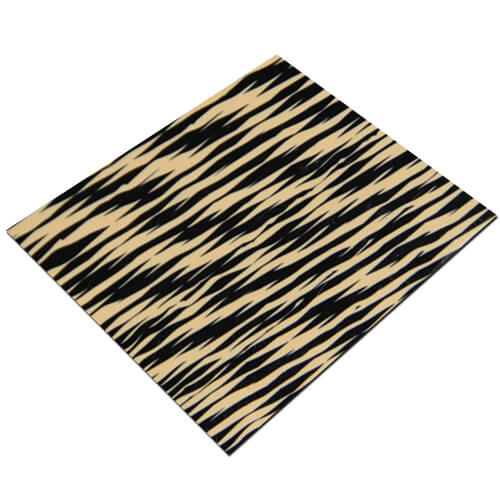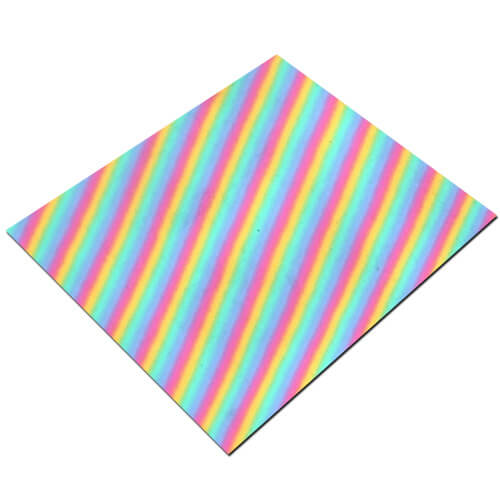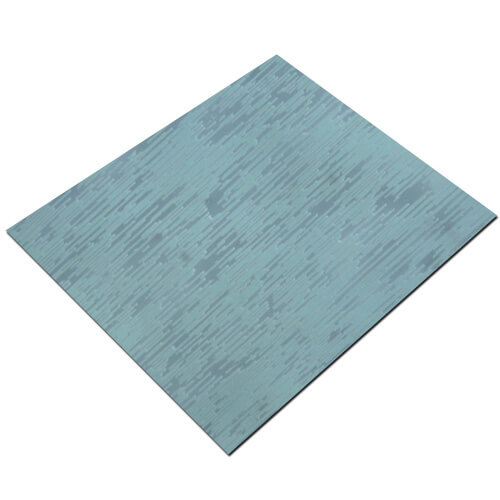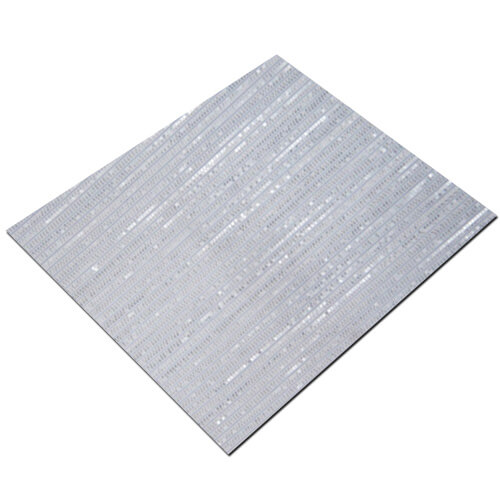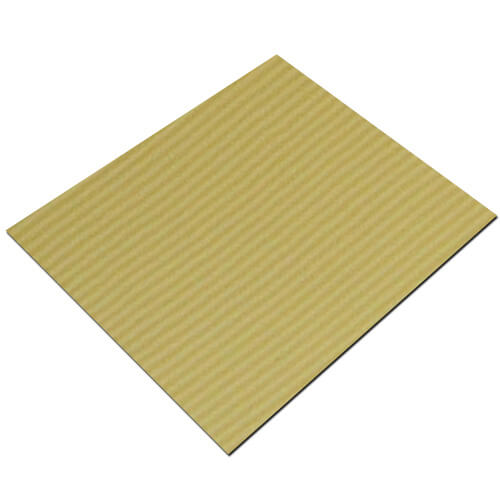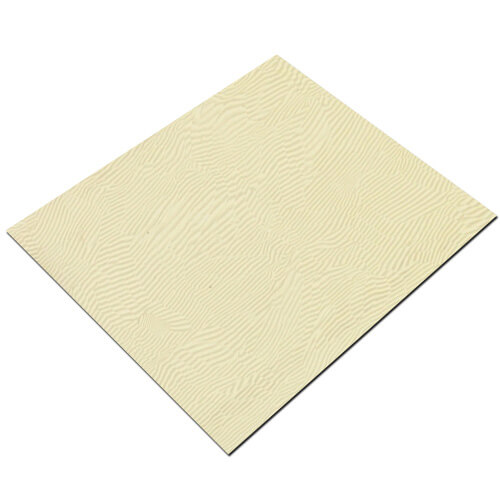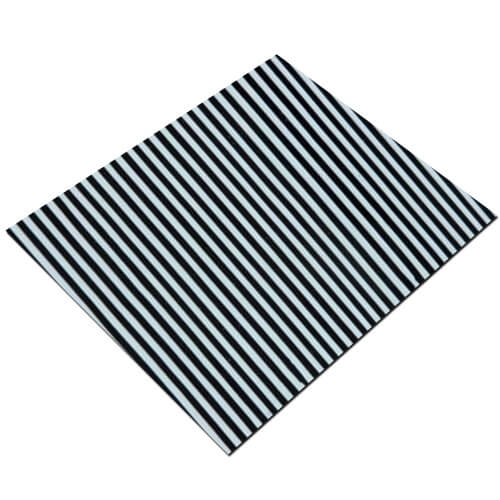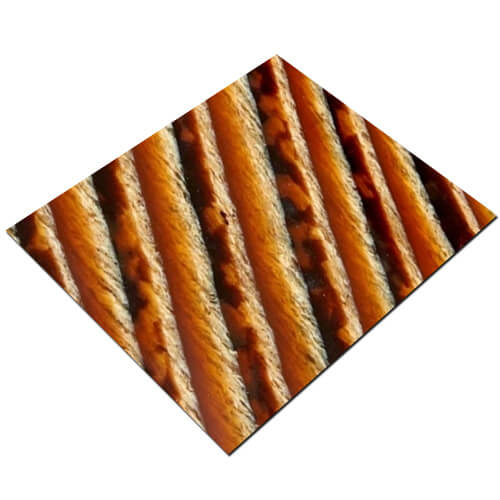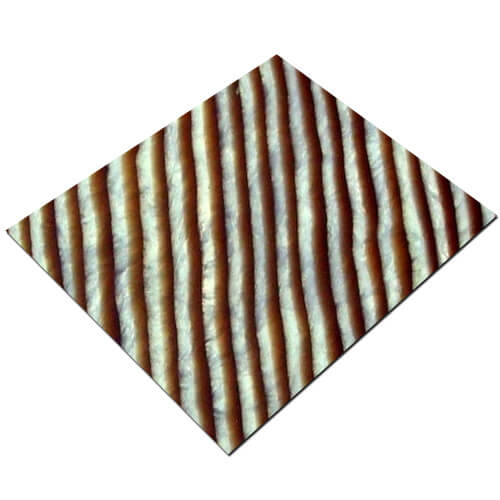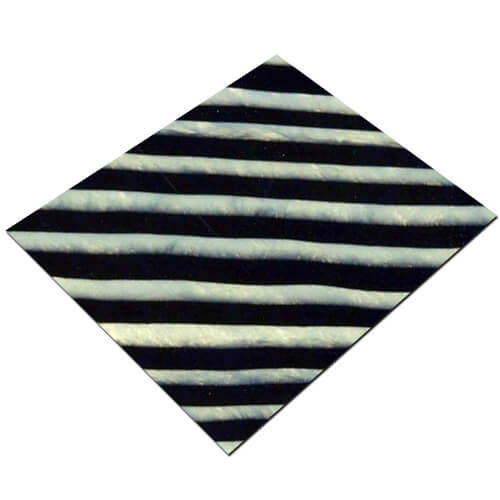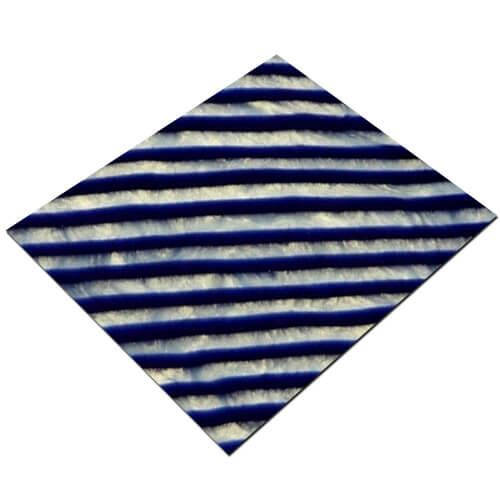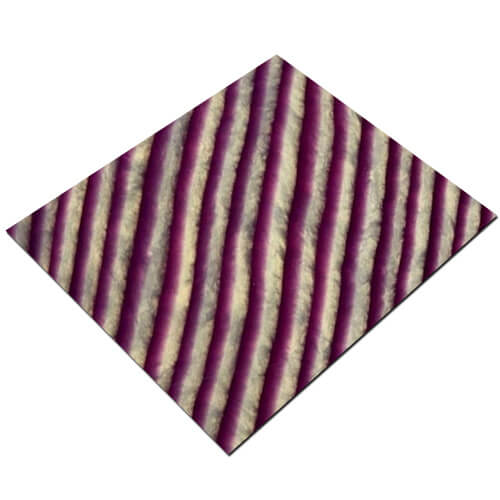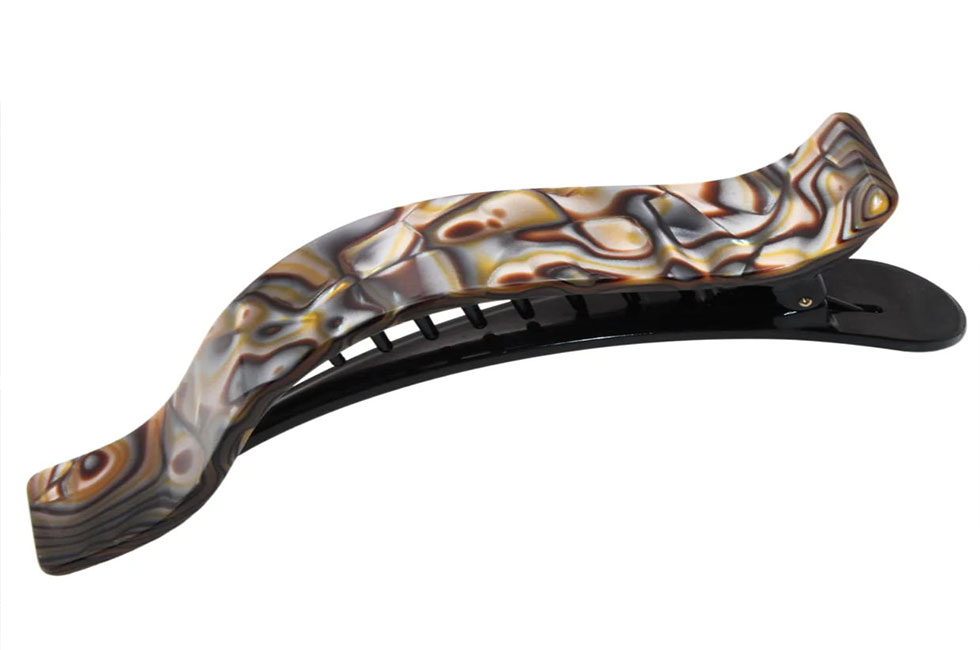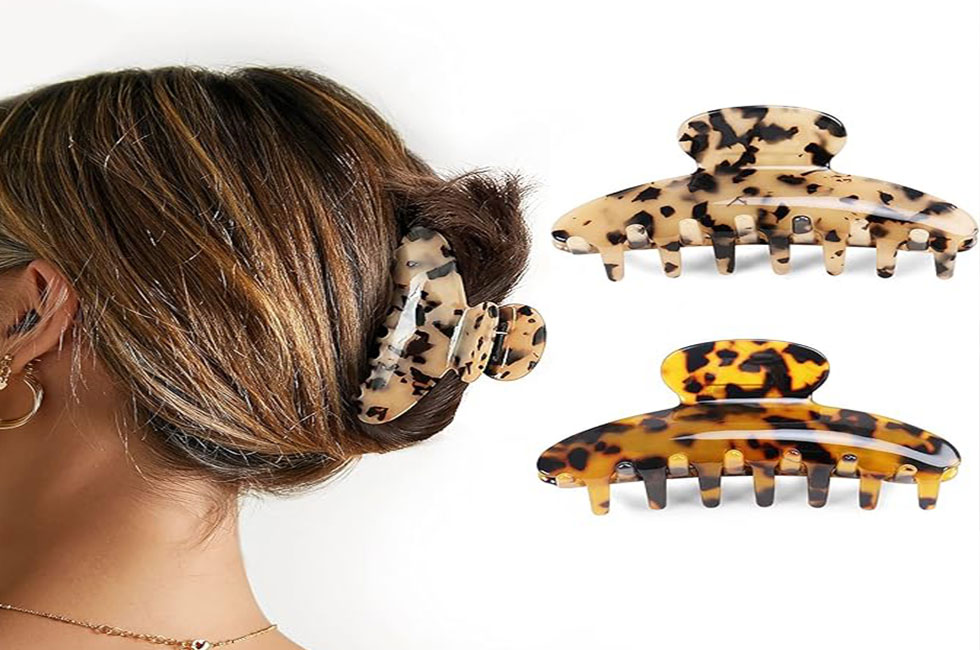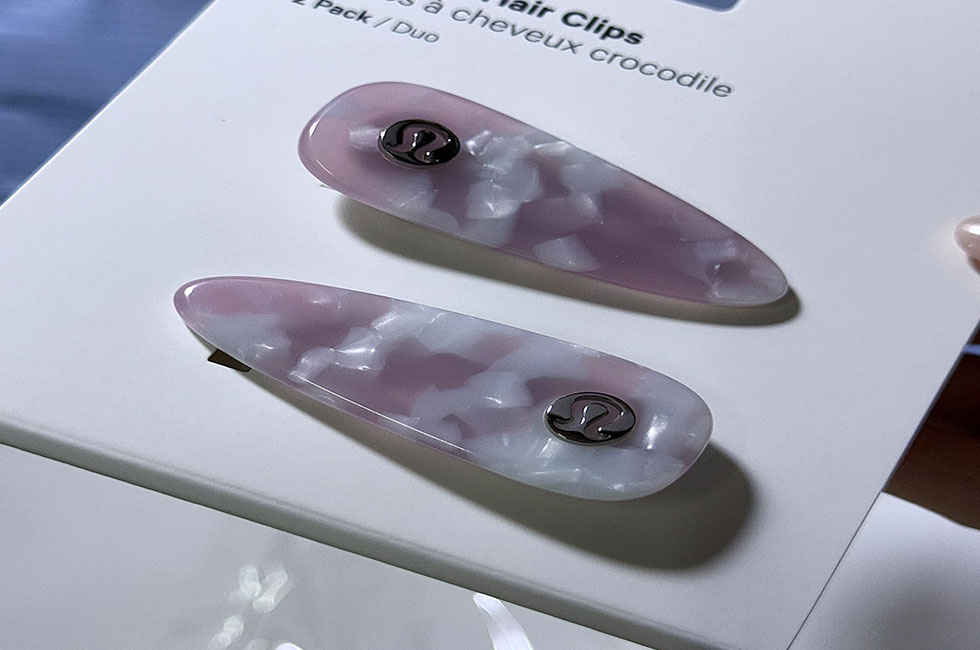Wicker Pattern Celluloid Sheet
What is Wicker Pattern Celluloid Sheet ?
This refers to creating a textured effect on the surface of celluloid sheet that resembles stretched, torn, or woven willow branches. This texture may have natural, flowing, or irregular lines, simulating the texture and form of real willow branches, creating a rustic, natural visual experience.
Production Process
The brushed willow pattern is transferred to the celluloid sheet through specialized mold pressing, printing, etching, or other surface treatment techniques. For example, a mold with a brushed willow pattern is used to press the softened celluloid film, imprinting the pattern onto the film’s surface. Alternatively, a special ink can be used to print a brushed willow pattern onto the celluloid sheet. Etching processes can remove material from the celluloid film surface through chemical or physical methods, creating a concave or convex brushed willow texture.
Features
- Prominent bionic texture.
- Unique luster.
- Rich and natural color.
- Moderate thickness.
- Easy to process.
Options
- Custom Textures: Customizable shell and marble textures.
- Custom Colors: Choose from a variety of colors, including creamy white, light pink, light blue, and beige.
- Custom Thickness: Typical celluloid sheet thicknesses range from 0.17mm to 5.0mm.
- Custom Sizes: Customizable sizes and specifications based on specific application scenarios.
- Custom Finishes: Customizable finishes include matte and gloss finishes.
Application
Decorative Applications: It can be used for interior decoration and furniture embellishment, such as by attaching it to walls and furniture, or creating decorative paintings and screens, adding a natural and warm atmosphere to any space.
Crafts: It can be used as packaging materials or decorative elements in the production of handicrafts and souvenirs, enhancing the artistic value and aesthetic appeal of the products. It can also be used to create leaves and petals for artificial flowers and plants, adding a sense of realism.
Stationery: It can be used to create stationery items such as notebook covers, folders, and bookmarks, giving them a unique appearance and texture, enhancing their appeal.
Selection Wicker Pattern Celluloid Sheet Series
Main Parameter
Material: Celluloid (Nitrocellulose)
Thickness: 0.17mm to 5.0mm (selectable based on user needs)
Dimensions: 1600 x 700mm, 1400 x 700mm, 1500 x 900mm
The price difference primarily reflects the cost of the texturing process.
Wicker brushed celluloid film requires additional processes like embossing and etching to create a three-dimensional texture. These specialized molds and processing steps increase production time and cost. Standard celluloid film, on the other hand, is mostly flat and basic, requiring simple processing.
The difference in raw materials has little impact on the price, as the base materials for both are essentially the same.
Immediately absorb the liquid with a dry cloth and then gently wipe with warm water. Generally, it will not cause the texture to change color or dissolve. Celluloid film has a certain resistance to liquids, but do not use strong solvents such as alcohol, and do not let liquids remain for a long time.
The Essence of Texture Processing
Molded textures are formed directly through a metal mold during material extrusion or calendering, creating a three-dimensional relief structure that is tightly bonded to the celluloid molecules. Printed textures, on the other hand, are coated with an ink layer on the substrate surface, simulating light and shadow effects through only a flat surface.
Key Differences in Durability
Physical Abrasion Resistance: After 100,000 abrasions, molded textures experience less than 5% depth loss, while printed ink layers experience over 30% loss.
Chemical Stability: Embossed textures are resistant to neutral detergents and weak acids and bases, while printed inks are easily dissolved by solvents such as alcohol.
Aging Resistance: After 500 hours of xenon lamp aging, embossed textures maintain over 85% visual legibility, while printed textures exhibit a ΔE >15 (visible to the naked eye) due to ink fading and embrittlement.

